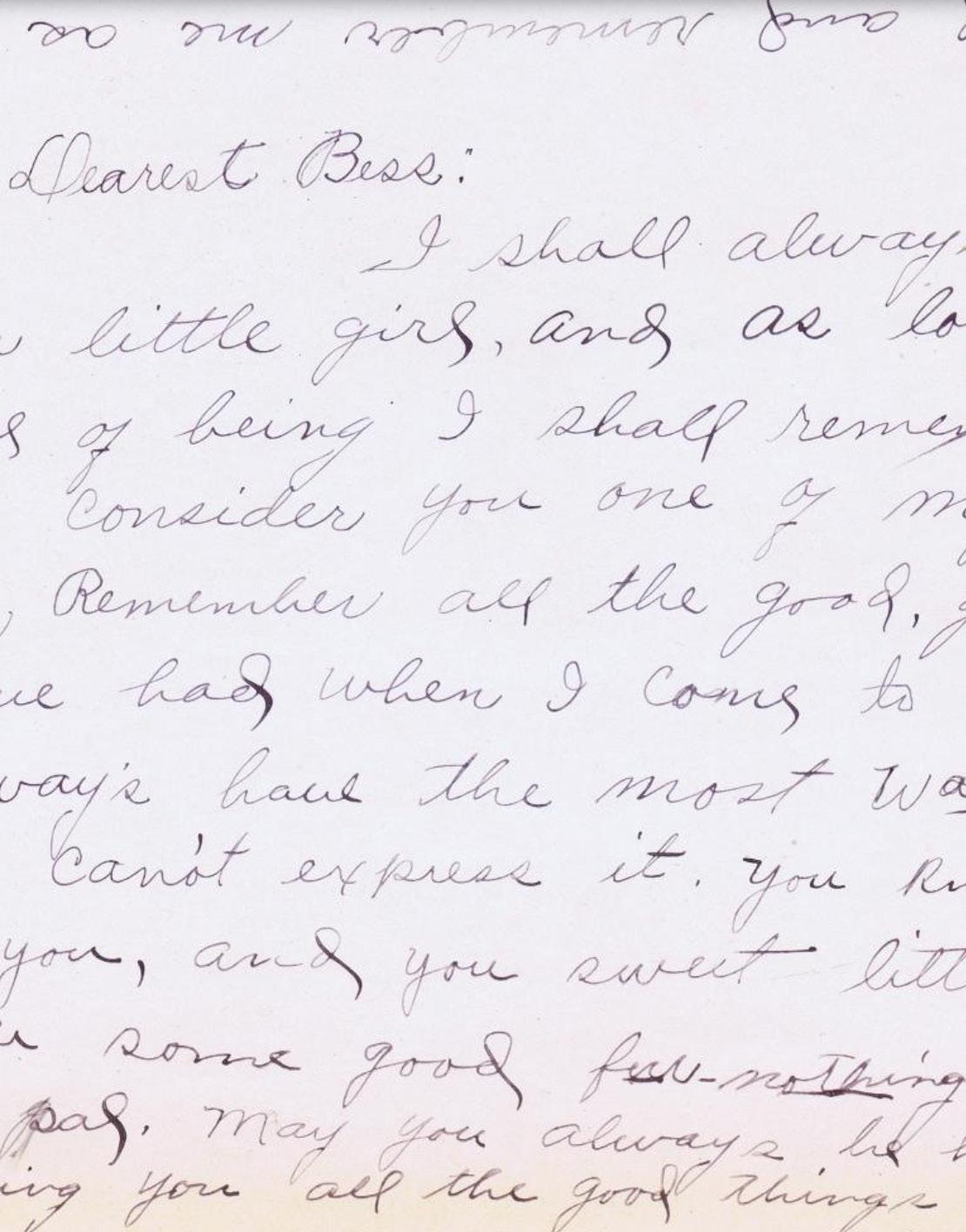
3 minute read
TEXAS WESLEYAN WOMEN
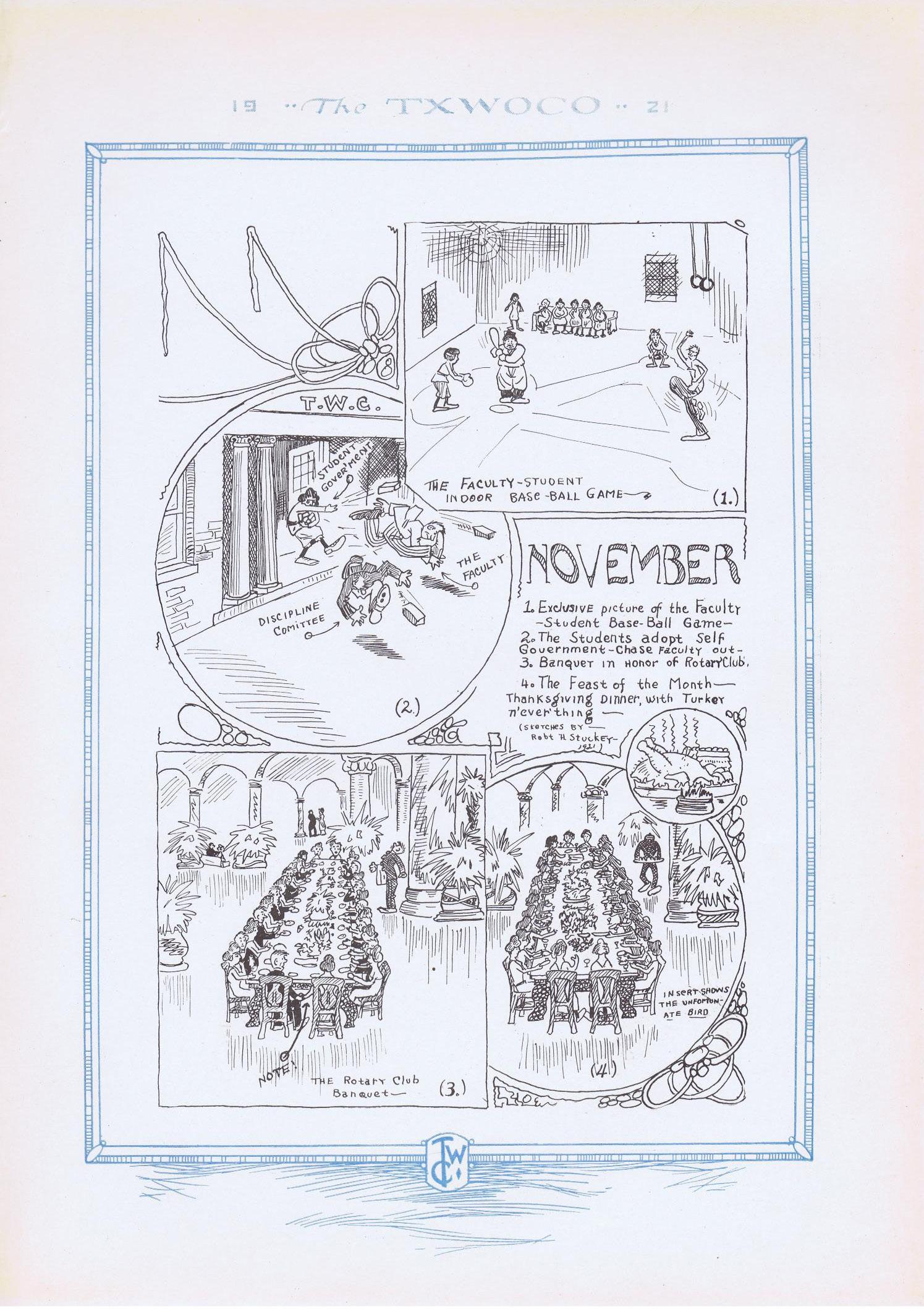
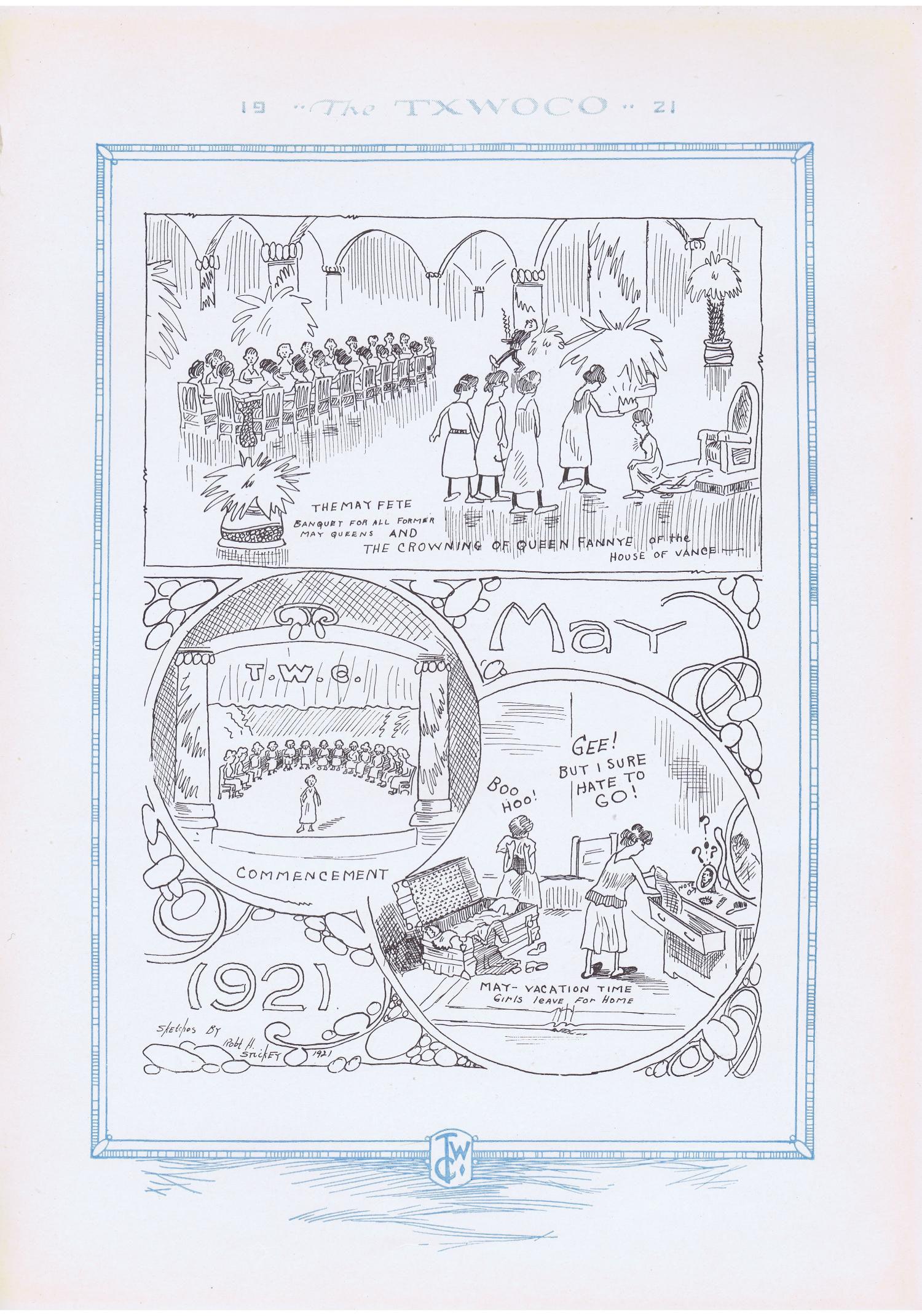
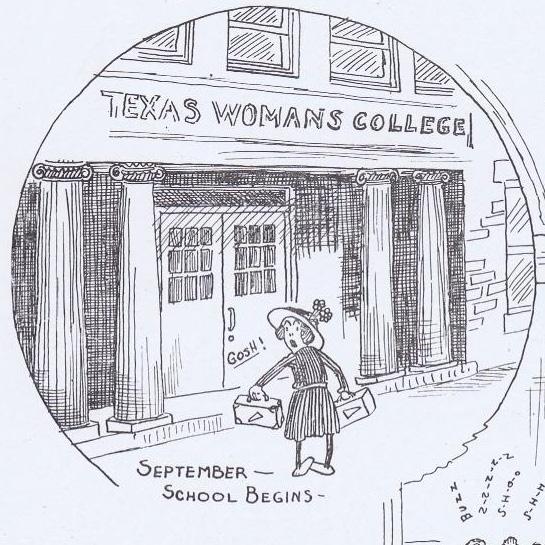
Did you know men were once not allowed on campus? From 1914 to 1935, women radically reshaped the culture of the university we now know as Texas Wesleyan – and they left behind a record of their accomplishments.
BY DARREN WHITE
In less than 25 years, Polytechnic College grew from a fledgling school on the outskirts of a frontier town to an established campus in a buzzy Western city.
But the news that regional Methodist leaders planned to establish a new Dallas flagship campus called Southern Methodist University hit the little campus like prairie lightning. Even more of a shock was that Polytechnic College would be Southern Methodism’s women’s college. So it was decided, and the school became Texas Woman’s College in 1914, which it would remain until 1935 – a significant time in the history of Texas Wesleyan University worth examining.
The Texas women that gave the campus its new name – most of them from Fort Worth or the surrounding rural areas – reshaped the campus in ways no one predicted and that still echo across our campus culture today.
As detailed in the Spring 2021 edition of Wesleyan magazine, rapid social change swept through the nation on the heels of the 1918 pandemic and the end of World War I. Women won the right to vote in 1920 – a right many Texas Woman’s College students campaigned for. Events that would become part of Texas Wesleyan lore – like the May Fete celebration – began during these years. These were women on the move, partly because of the increased access to public transportation. Women traveled into Fort Worth with greater regularity, probably spurred on by Fort Worth’s softening reputation.
“If you look at the scrapbooks from that era,” Louis Sherwood, university archivist, said, “it seems like these girls are going out an awful lot.”
Student scrapbooks detail trips to the Majestic Theater in Dallas (not far from the SMU campus), as well as sites around Fort Worth. While the school would retain a distinctly traditional air until the ’60s, especially for women, there is no doubt that these women lived in a very different world than their mothers or even their older sisters did. They debated issues like child labor, posed for the selfies of their day, held beauty contests, took trips to Oklahoma, contributed to the Armenian Relief Society and made art in support of the Eighteenth Amendment. Women played basketball (under the team name The Wildcats), swam and generally engaged with their community.
That’s not to say that Texas Woman’s was a permissive atmosphere – but rapid shifts swept education just as they had Fort Worth. Melvil Dewey – inventor of the Dewey Decimal System – and Maria Montessori – whose education method bears her name – introduced profoundly new ideas to the world, which were topics of much discussion. Memorization was giving way to a critical thinking approach – one that focused on writing and class discussion – even though women were still required to memorize massive amounts of information and lived out days planned by the hour.
Classes and extracurricular activities, often organized around a “literary society,” provided access to hipper reading material at a time when libraries were stocked with dated books. These societies had power and influence that was a galvanizing force for women, complete with speaker series and fundraising.
And yet the more times change, the more people stay the same. A journal entry by a student named Thelma Dees has the words STUDIED ALL DAY underlined three times. The yearbooks from those days include pages of illustrated vignettes from the school year and the times.
The Texas Woman’s College era ended in 1935 when the school merged with Texas Wesleyan Academy from Austin to form Texas Wesleyan College, but Texas Wesleyan University as we know it today would not be the same without this vital time of intellectual growth.
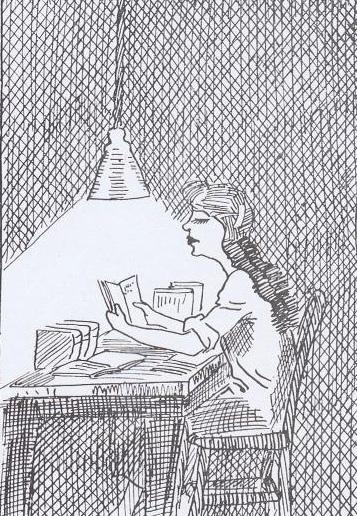
These beautiful, student-drawn illustrations of the school year are from the 1921 Texas Woman’s College annual.
You can find more Texas Wesleyan history on the university’s website and on the Portal to Texas History, which you can access from westlibrary.txwes.edu. Have some classic college art to share with us? Email it to wesleyan@txwes.edu.








